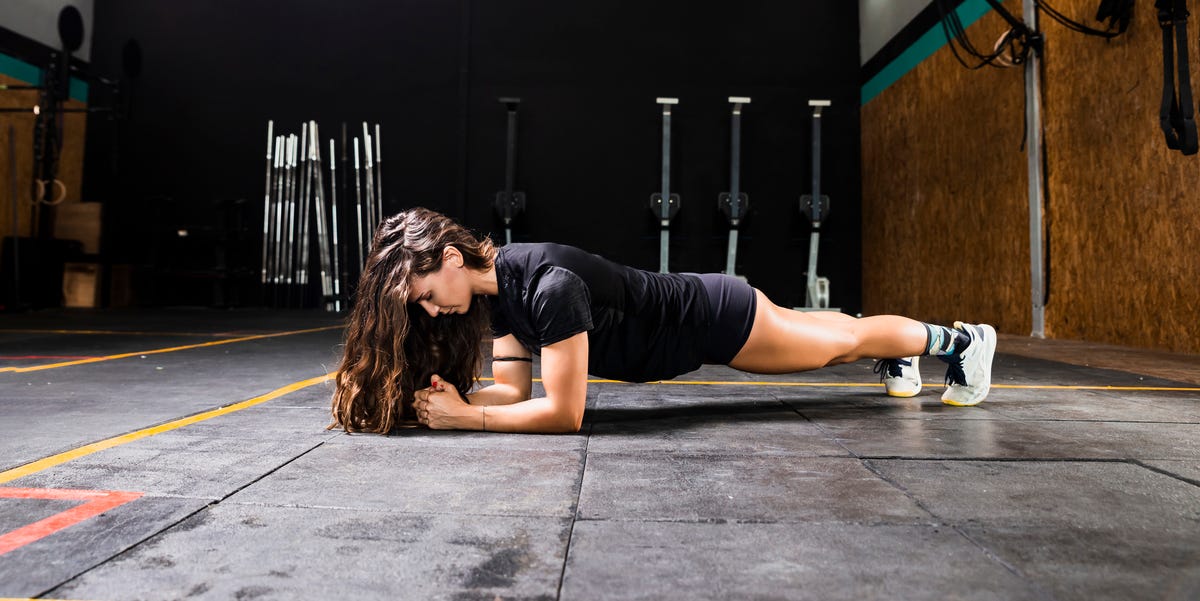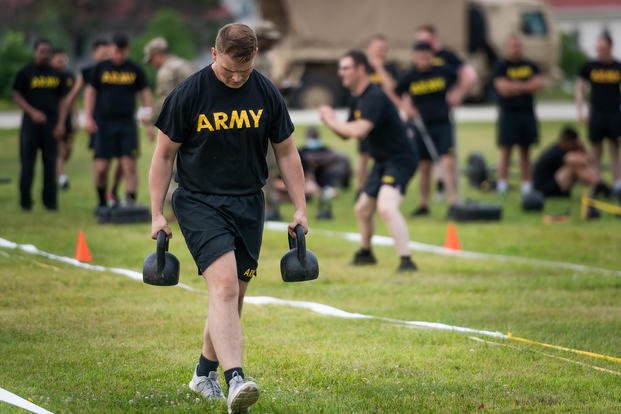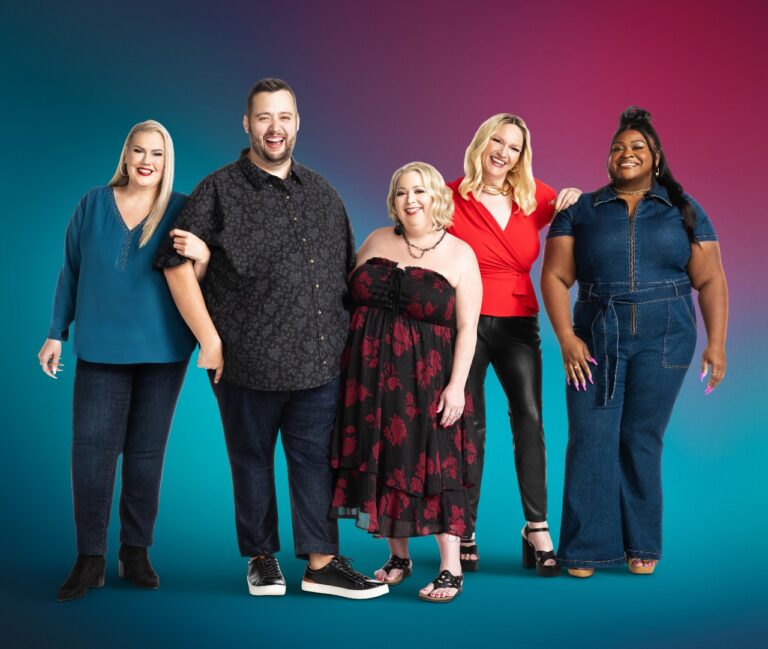Strengthen Your Core: Plank Exercises and Long COVID Recovery
Strengthen Your Core: Planks for Long COVID Recovery
Long COVID—that term we hear more often than we’d like. It’s like an unexpected house guest who overstays their welcome and keeps leaving the door open when they come in. A lot of folks are still grappling with those lingering symptoms, and it can feel like a long, uphill battle. But, guess what? There’s hope! One of the most powerful tools in your recovery toolkit might just be right under your nose. Yes, we’re talking about plank exercises! In this article, we’ll dive deep into how strengthening your core can help you on the road to recovery and offer you some tips on how to properly incorporate planks into your routine.
What is Long COVID?
Let’s first get on the same page. So, what exactly is Long COVID? Well, after the initial viral infection of COVID-19, some individuals experience a range of symptoms that can stick around for weeks or even months. Think fatigue, brain fog, headaches, and breathing complications. It can be frustrating because just when you think you’re back in the swing of things, those pesky symptoms reappear.
Imagine you’re driving your car full speed ahead and suddenly hit a roadblock. You try to get around it, but it keeps popping back up. That’s what long COVID feels like for many people. It’s a roadblock to returning to normal life—exercising, working, or simply enjoying time with friends and family.
The Importance of Core Strength
So, why should we be focusing on core strength during recovery? The core is not just your abs; it’s like the powerhouse of your entire body. It includes muscles in your abdomen, back, and pelvis, all working together to stabilize you. Think of your core as the central pillar of a building. If that pillar is strong, the entire structure stands tall. If it’s weak? Well, we all know what happens to buildings with weak pillars.
The benefits of a strong core include:
- Improved Posture: With good core strength, you stand taller and more confidently, reducing the stress on your spine.
- Enhanced Balance and Stability: A robust core can prevent falls and injuries, which are especially crucial during recovery.
- Better Performance: Whether you’re walking, running, or doing everyday activities, you’ll find more energy and efficiency thanks to a strong core.
Now, if you’re dealing with Long COVID, maintaining core strength can help improve your stamina and energy levels, which can feel depleted during recovery.
Why Planks Are Your Best Friends
If you think planks are just for gym rats or Instagram fitness influencers, think again! Planks are one of the most effective exercises for building core strength without the need for fancy equipment. They can be performed anywhere—at home, a park, or even your office (just don’t tell your boss!).
Benefits of Plank Exercises:
- Engages Multiple Muscle Groups: When you’re in a plank position, your entire body is working. It’s like multitasking, but for your muscles!
- Adaptable for All Fitness Levels: No matter if you’re a newbie or a seasoned gym-goer, you can adjust the plank to match your abilities.
- Promotes Proper Alignment: Plank exercises encourage correct form and posture, which can help alleviate stress on your body.
How to Get Started with Plank Exercises
Now that we know how awesome planks are, let’s talk about how to start incorporating them into your routine, especially if you’re recovering from Long COVID.
Basic Plank Technique
Here’s a straightforward way to do a basic plank:
- Find Your Space: Get down on a mat or a soft surface. Make sure you have enough room around you.
- Position Yourself:
- Start on your hands and knees.
- Extend your legs back one at a time, getting into a push-up position but on your forearms instead of your hands.
- Align Your Body: Your body should form a straight line from your head to your heels.
- Hold That Position: Engage your core (think of pulling your belly button toward your spine) and hold for as long as you can, starting with 20-30 seconds and working up to longer durations.
Tips for Plank Success
- Breathe: Don’t hold your breath! Concentrate on a steady breathing pattern.
- Start Slow: If you’re just beginning, start with shorter holds and gradually increase the duration.
- Modifications: If a full plank is too difficult, try a knee plank. Just keep your knees on the ground while maintaining a straight line from your head to your knees.
Plank Variations for Added Challenge
Once you feel comfortable with the basic plank, you can level up your game. Here are some variations to keep things exciting:
1. Side Plank
- How to do it: Lie on your side, propping yourself up on one forearm. Stack your feet or place one foot in front of the other for balance. Lift your hips so your body forms a straight line from head to heels.
- Benefits: Targets your obliques and improves lateral core strength.
2. Plank with Shoulder Taps
- How to do it: Start in a push-up position. While maintaining a straight line, lift one hand to tap the opposite shoulder. Alternate sides.
- Benefits: Challenges your stability and coordination.
3. Plank Jacks
- How to do it: From the basic plank position, jump your feet out wide and then back in, like a jumping jack.
- Benefits: A cardio boost with core stabilization! Perfect for conditioning.
Integrating Planks into Your Long COVID Recovery
Before diving into planks or any fitness routine while recovering from Long COVID, it’s wise to consult with your healthcare provider. They can tailor advice specific to your symptoms and overall health. Here are some ways to incorporate planks safely:
- Start Slow: Perhaps begin with just a few planks a week and gradually work up.
- Listen to Your Body: If you feel fatigued or dizzy, stop! Recovery is about being kind to yourself.
- Pair with Gentle Stretches and Mobility Work: Combine stretching exercises like yoga with planks to enhance flexibility and recovery.
Conclusion
Strengthening your core through plank exercises isn’t merely for fitness enthusiasts; it’s a viable support system for those fighting the lingering effects of Long COVID. With patience, persistence, and the commitment to listen to your body’s signals, you could find strides in your recovery journey. Remember: the path to recovery may be bumpy, but by incorporating these exercises, you are not only building physical strength but mental resilience, too. Keep pushing forward, and who knows? You may discover a new love for that plank position!
FAQs
-
How often should I do plank exercises?
- Aim for 3-4 times per week, gradually increasing the duration and variations.
-
What if I feel pain while doing planks?
- Stop immediately and reassess your form. If the pain persists, consult a healthcare professional.
-
Can planks help with lower back pain?
- Yes, strengthening your core can improve posture and alleviate pressure on the spine.
-
How long should I hold a plank?
- Start with 20-30 seconds and increase as your strength improves, focusing on form over duration.
-
Are there alternatives to planks if I can’t do them?
- Absolutely! Consider using modified exercises such as bird-dogs, dead bugs, or even gentle core-strengthening yoga poses.
Now that you’re armed with knowledge and a plan, it’s time to embrace those planks! Who knew that a simple exercise could make such a profound impact on your recovery journey?







